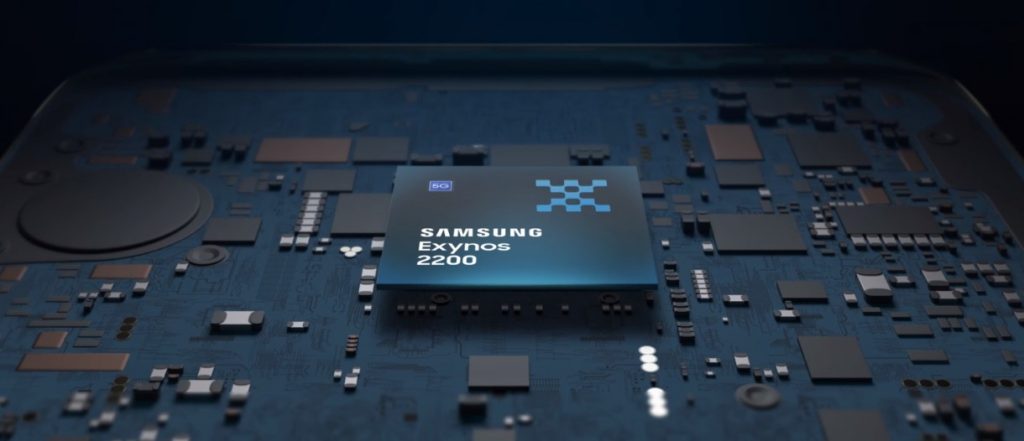In the dynamic realm of mobile technology, the chipset is the beating heart of any smartphone. Apple and Samsung, two tech behemoths, have recently unveiled their latest masterpieces: the Apple A17 Pro and the Samsung Exynos 2200. This article offers an in-depth comparison to discern which chipset reigns supreme.
Performance Overview

The Samsung Exynos 2200, with its 8-core configuration, is designed to handle multitasking seamlessly. On the other hand, Apple’s A17 Pro, despite having 6 cores, has demonstrated its prowess in optimizing performance, making every core count.
Key Differences:
- Samsung Exynos 2200:
- Features an 8-core configuration, ensuring robust multitasking capabilities.
- Excels in floating-point computations by 45%, crucial for tasks like 3D graphics and scientific computing.
- Sports the GPU named Samsung Xclipse 920, clocking in at a frequency of 810 MHz, designed for immersive gaming and graphics-intensive tasks.
- Apple A17 Pro:
- Operates with a 6-core configuration, optimized for efficiency and performance.
- Boasts a significantly higher GPU frequency, approximately 73% (~1398 MHz), ensuring smoother graphics rendering.
- The CPU operates at a 35% higher clock speed (3780 MHz vs. 2800 MHz), translating to faster processing times.
- Utilizes a more advanced 3 nm manufacturing process, indicating superior energy efficiency and performance.
Benchmarks and Real-world Implications

Benchmark scores provide a snapshot of raw performance. In the AnTuTu v9 benchmark, the Exynos 2200 scored 921,327. While the Apple A17 Pro’s score wasn’t directly available, its performance in other benchmarks like GeekBench paints a promising picture. The A17 Pro’s single-core score of 2074, a 79% increase over the Exynos 2200’s 1159, suggests superior performance in tasks that don’t utilize multiple cores, like opening apps. In multi-core tasks, such as video editing or gaming, the A17 Pro again leads with a score of 5795, a 61% increase over the Exynos 2200’s 3589.
Implications for the End User
For the average user, these numbers translate to real-world performance. Faster GPU frequencies mean smoother gaming experiences and better video playback. A smaller transistor size, as seen in the A17 Pro, often leads to better energy efficiency, potentially offering longer battery life.
Moreover, the choice of chipset can influence other aspects of the phone, from camera performance to AI capabilities. For instance, faster chipsets can better handle advanced computational photography techniques, leading to better photos and videos.
The Verdict

While both chipsets are at the pinnacle of mobile technology, the Apple A17 Pro appears to have a slight edge in terms of raw performance, advanced manufacturing, and potential energy efficiency. However, brand loyalty, device ecosystem, and specific user needs will play a significant role in the ultimate choice between the two.
